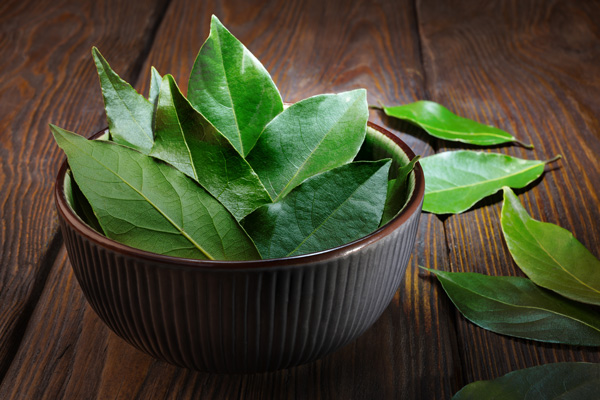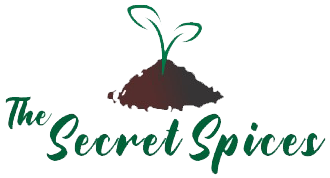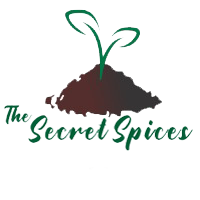BAY LEAF
PLACE OF SOURCE- EAST KHASI HILLS, MEGHALAYA
 Indian bay leaf or malabathrum (Cinnamomum tamala, Lauraceae) differs from bay laurel leaves which are shorter and light to medium green in color with one large vein down the length of the leaf. Indian bay leaves are about twice as long and wider, usually olive green in color and have three veins running the length of the leaf. Culinarily, Indian bay leaves are quite different having a fragrance and taste like cinnamon (cassia) bark, but milder.
Indian bay leaf or malabathrum (Cinnamomum tamala, Lauraceae) differs from bay laurel leaves which are shorter and light to medium green in color with one large vein down the length of the leaf. Indian bay leaves are about twice as long and wider, usually olive green in color and have three veins running the length of the leaf. Culinarily, Indian bay leaves are quite different having a fragrance and taste like cinnamon (cassia) bark, but milder.
If eaten whole, bay leaves are pungent and have a sharp, bitter taste. As with many spices and flavorings, the fragrance of the bay leaf is more noticeable than its taste. When dried the fragrance is herbal, slightly floral, and somewhat like oregano and thyme. Myrcene, a component of many essential oils used in perfumery, can be extracted from the bay leaf. They also contain eugenol.
Bay leaves were used for flavorings by the ancient Greeks. They are a fixture in the cooking of many European cuisines (particularly those of the Mediterranean), as well as in the Americas. They are used in soups, stews, brines, meat, seafood, vegetable dishes, and sauces. The leaves also flavor many classic French and Italian dishes. The leaves are most often used whole (sometimes in a bouquet garni) and removed before serving (they can be abrasive in the digestive tract). Thai and Laotian cuisine employs bay leaf (Thai: ใบกระวาน, bai krawān) in a few Arab-influenced dishes notably massaman curry.
Bay leaves can also be crushed or ground before cooking. Crushed bay leaves impart more fragrance than whole leaves but are more difficult to remove and thus they are often used in a muslin bag or tea infuser. Ground bay laurel may be substituted for whole leaves and does not need to be removed but it is much stronger.
Bay leaves are also used in the making of jerk chicken in the Caribbean Islands. The bay leaves are soaked and placed on the cool side of the grill. Pimento sticks are placed on top of the leaves and the chicken is placed on top and smoked. The leaves are also added whole to soups, stews, and other Caribbean dishes.
Bay leaves have been used in entomology as the active ingredient in killing jars. The crushed, fresh, young leaves are put into the jar under a layer of paper. The vapors they release kill insects slowly but effectively and keep the specimens relaxed and easy to mount. The leaves discourage the growth of molds.
For details and benefits of Bay Leaf


